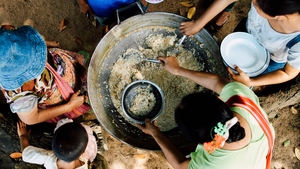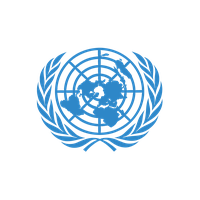
World Refugee Day
Taking place on 20th June every year.
Marking the international Convention relating to the Status of Refugees.
About the event
The year 2001 marked the 50th anniversary of the 1951 Convention relating to the Status of Refugees. The UN General Assembly therefore decided that 20 June would be celebrated as World Refugee Day from 2001 onwards. This is a day to develop a positive view of refugees, to humanise them and help us understand their struggles.
If you would like some ideas to help your school mark Refugee Week you can read through our latest In-Focus Topic on Ukrainian Refugees, our article ‘Refugees’ and ‘Refugees welcome?’ which provide an introduction to some of the issues.
How to approach it
It’s important that we work to address the misconceptions and negative perceptions of refugees. For example, go over with your class what the definition of a refugee is. Amnesty International and Theirworld both have great packs that talk about all the different kinds of migrants such as those fleeing poverty, war or political oppression. Help students to understand that the bulk of refugees usually flee only to the neighbouring country. This kind of fact helps to reverse the media’s hyperfixation on large amounts of people coming to western countries.
In order to create a more positive perception of refugees, show students that, whilst they need support to adapt to their new home, they regularly flourish in their new surroundings. You can show this by looking at the many case studies of famous refugees (such as Albert Einstein) or the richness that refugees have brought to our own culture using Groundwork’s Cultural Heritage of Refugees pack.
Crucially help to build empathy with students about the struggle refugees face. Ask them: how would you feel missing school and travelling to a strange new country? Stories, both fictional and biographical, are an engaging and inspiring way to give students access to the challenges and difficult decisions that refugees and asylum seekers face. You could, for example, watch our resource Fatima’s Drawings to see a young Syrian refugee talk about her experiences. Ask students to think through what the asylum process is actually like with its endless bureaucracy and dangerous border crossings. Show students that refugees are not helpless, they are resilient people just like them caught in unfortunate circumstances.
Organised by
United Nations

Conversation starter
A refugee is someone who has fled from their home to a different place. Sometimes they have left because of war, or poverty or oppression. Try to imagine how you would feel as a refugee. How would you want to be treated if you had to leave your home?




